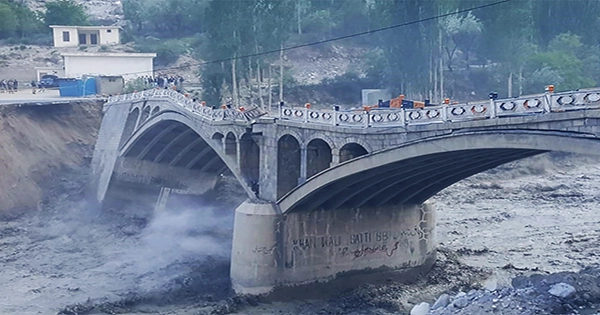According to the Indian Meteorological Department, India and Pakistan are now suffering harsh and fatal heatwaves, with average maximum temperatures at their highest since records began 122 years ago (IMD). Last month, temperatures in New Delhi easily surpassed 40°C (104°F), a temperature anomaly of several degrees that lasted seven days. Since then, temperatures in regions of West Rajasthan, Punjab, Madhya Pradesh, and Vidarbha have reached 44-46°C. The greatest maximum temperature so far was 46.6°C in Chandrapur, Vidarbha, on April 30.
Temperatures are much over what is deemed safe for humans, and calamities are occurring as a result of the extreme heat. For several days, New Delhi has been surrounded by smoldering garbage. After spontaneously combusting owing to the heat, a rubbish dump mountain 73 meters tall and 4,570 meters broad (240 and 15,000 feet respectively) has been spewing hazardous fumes into the air. The Pakistan Meteorological Department (PMD) has issued a warning about the potential of melting Glacier Lake flooding in Pakistani locations.
According to CNN, cities Jacobabad and Sibi reached 47°C (116.6°F) on Friday, the highest temperature recorded in any city in the Northern Hemisphere on that day, according to PMD statistics. In India, the media reports a lack of coal, the principal fuel for the country’s many power plants, resulting in power outages for millions for up to nine hours a day, as well as a water crisis, which is projected to last until the annual monsoon rains arrive in June and July.
The heatwave is occuring during Ramadan’s final week, making it much more challenging for the millions of Muslims in India and Pakistan who are fasting and not drinking water during daylight hours. Heat management strategies have helped India and Pakistan reduce the number of deaths caused by heatwaves in recent years, but the heatwaves have become more severe. In India, pre-monsoon heatwaves have grown in frequency, duration, magnitude, and severity during the last 30 years, and are predicted to continue to do so as the climate crisis unfolds.
The high heat is expected to last till May 2, according to the Indian Meteorological Department. Heat waves have engulfed significant regions of India and Pakistan, affecting hundreds of millions of people in one of the world’s most densely inhabited areas. Both nations’ national meteorological and hydrological departments are collaborating with health and disaster management organizations to implement heat health action plans that have saved lives in recent years.















